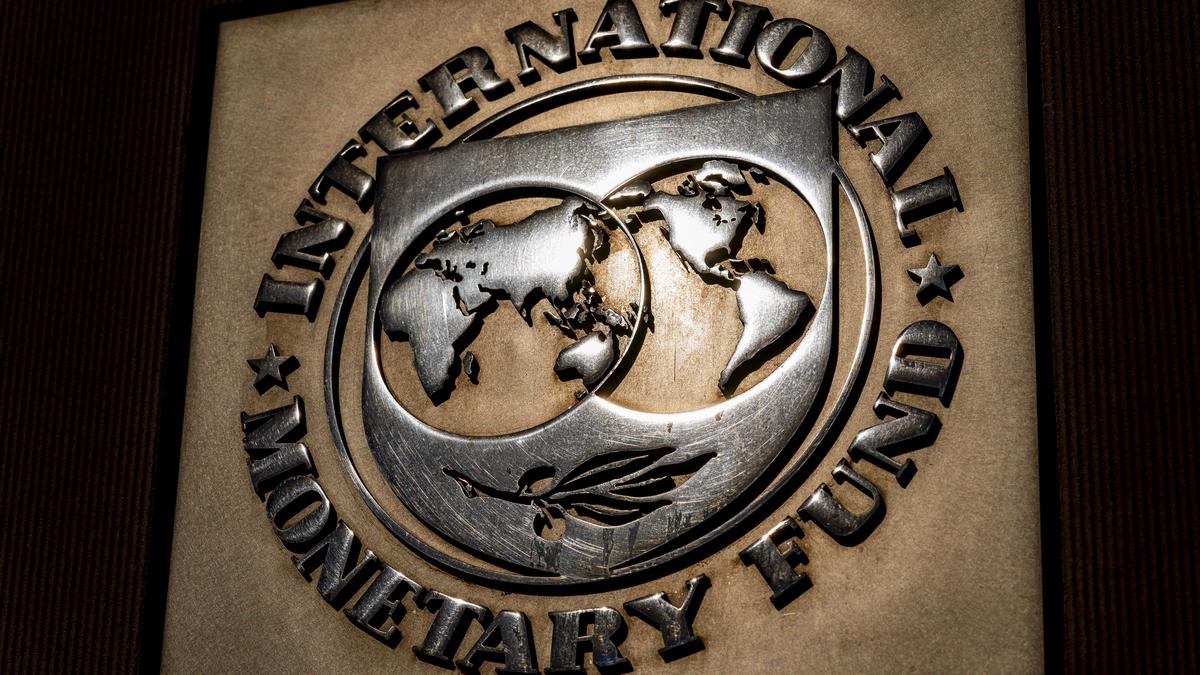Fishermen engaged in removing oil from the wetlands of Ennore-Manali in the aftermath of an oil spill in January 2024.
| Photo Credit: B. Jothi Ramalingam
With four coastal districts being identified as ‘very high’ risk for oil spills, the Tamil Nadu government has finalised a contingency plan to mitigate such disasters.
The final plan, which was prepared in January 2024, a month after an oil spill in Ennore, Thiruvallur district, outlines the necessary steps and procedures for restoring an oil-contaminated habitat or shoreline to its original state without causing any adverse impacts on natural resources and the environment.
Protection cover
It is intended for responding to marine oil spills of any type that occur within 12 nautical miles (24 km) off the State’s coastline, as well as in riverine systems extending 40 km inland or to the point where tidal effects are noticeable, whichever distance is greater.
Recently published on the environment department’s website, the Tamil Nadu State Oil Spill Disaster Contingency Plan identifies Ramanathapuram, Thoothukudi, the Gulf of Mannar islands, and Thiruvallur as ‘very high’ risk for oil spills, while Kanniyakumari and Chennai are classified ‘high risk’ areas.
The contingency plan prioritises 15 areas for oil spill response based on their biological and environmental sensitivity. The entire Gulf of Mannar, along with the sea off the salt pans of Thoothukudi, is recognised as a critical zone for protection. Other locations include the beaches at Manapad, Rameswaram, and Tiruchendur, as well as Palk Bay, located south of Thondi, and Kanniyakumari.
The beaches of Manavalakurichi and the mangroves along the coasts of Pudukkottai and Thanjavur districts are also highlighted for their ecological significance.
Additionally, the beaches at Tharangambadi in Mayiladuthurai and Velankanni in the Nagapattinam district, the Vedaranyam and Muthupet lagoons, and the Pichavaram region, including the estuaries of Kollidam and Vellar, will be given focused attention. The plan also prioritises the importance of combating oil contamination in Kaliveli and Cheyyur lagoons, Mamallapuram, Marina and Elliot’s beaches in Chennai, and Pulicat Lake.
Management responsibility
As per the document, the primary responsibility for managing oil spill emergencies rests with the Tamil Nadu State Disaster Management Authority, which will act as the nodal agency, supported by the concerned District Collectors as lead agencies.
The plan outlines four key steps for shoreline clean-up operations. The first step involves evaluating the need for cleaning and setting priorities, ensuring agreement among the clean-up team, ecological experts, and authorities. The second step requires the Indian Coast Guard to collect and document oil samples immediately after a spill.
The third step focuses on choosing appropriate techniques based on shoreline type and oiling extent while minimising environmental impact. The last step is monitoring the process to ensure minimal disturbance to the shoreline and conducting ongoing assessments to confirm recovery of shoreline features.
Published – October 19, 2024 05:37 am IST
















